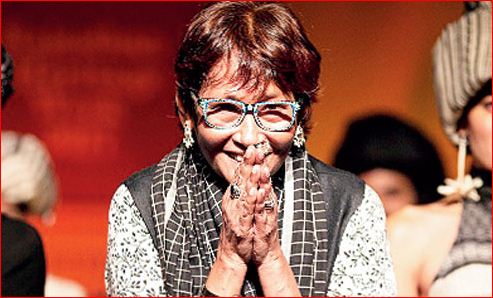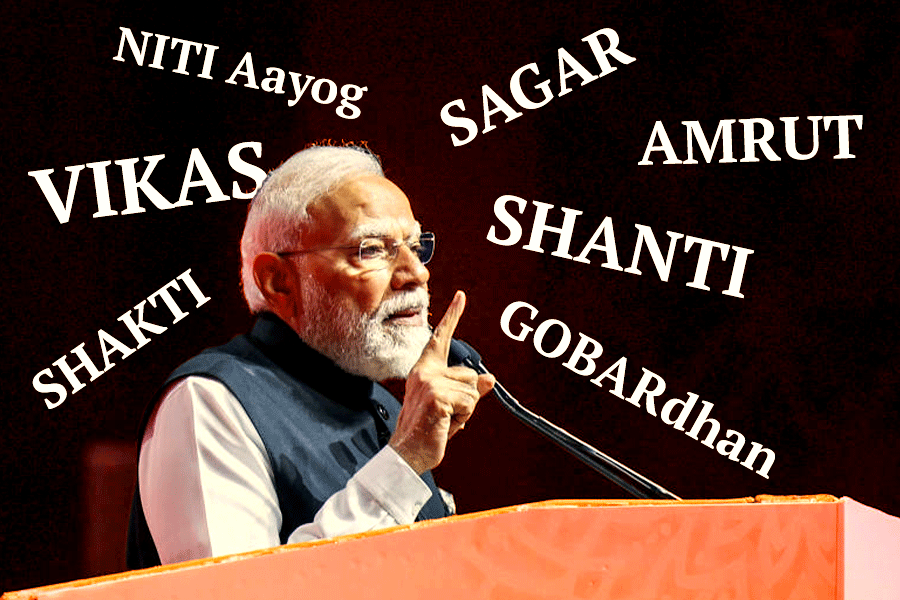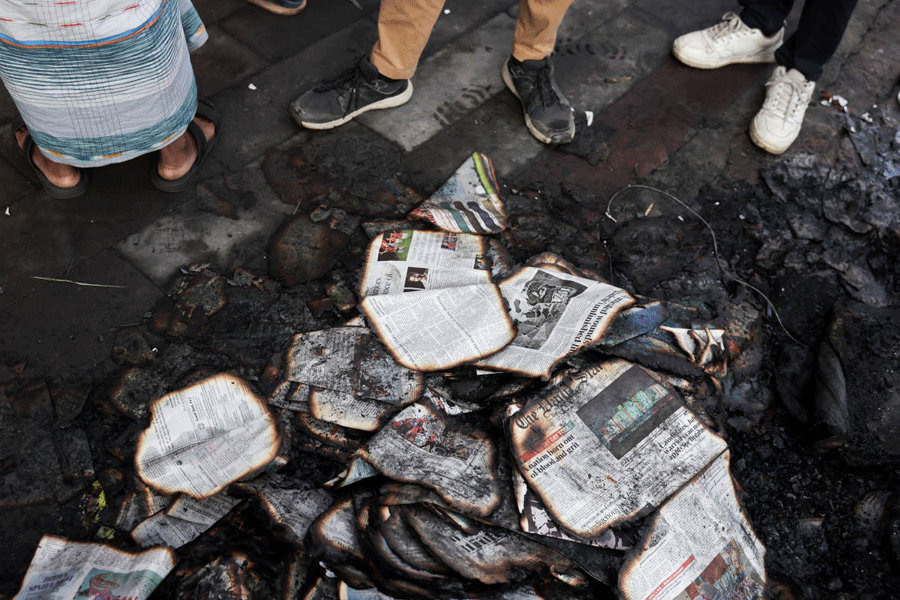Bibi Russell, the celebrated designer from Bangladesh who brought the humble gamchha to the international runway, has for the last few years directed her focus on working for the heritage crafts of Rajasthan — working at the grassroots level, reviving dying craft forms of the state and ensuring the craftspeople have a secure livelihood by securing markets for them. One of the key people behind the Rajasthan Heritage Week (RHW) — the third edition of which was held in Jaipur in December 2017 — Bibi showcased her own collection that was a tribute to Jaisalmer. On the sidelines of RHW, t2 chatted with the designer.
Tell us how did you get involved with the Rajasthan craft development initiatives?
I was invited by the Rajasthan chief minister (Vasundhara Raje); she knew about my work. She had invited me to come and work in Rajasthan when I was free and so I came when I was free. The main idea behind my involvement was to create a sustainable income and livelihood for the craftspeople. My role was to develop khadi, kota doria and all the other kinds of crafts of Rajasthan. And of course to develop the Rajasthan Heritage Week to show those work.

So how hands-on have you been?
Absolutely… I am just here in Jaipur for the Rajasthan Heritage Week, but otherwise I am travelling all over Rajasthan and working with all of their crafts. I spent my time there, I have worked with the weavers…. Last year at RHW I had shown my Barmer work. This time I showed my Jaisalmer work… then I have worked extensively in Bikaner… as much as I know Bangladesh, I now know about the crafts here, because I have travelled all over.
Tell us about the collection that you showed?
My collection was a tribute to Jaisalmer. Every piece I developed, nothing was bought from the shops. I showcased a black-and-white collection for the first time in Rajasthan. It was different because working in Rajasthan one expects colours. In the past I have shown very colourful collections, but this time I decided to show black and white.
Everything in my show was handmade in Rajasthan… the jewellery was lac, the shoes were handmade. My idea was also to highlight khadi and the importance of the charkha. To make people understand that the spinning wheel is the most important thing. Also for women’s empowerment… the spinning wheel is very important….
From the time you started working on this, have you seen the impact on the craftspeople?
A lot has changed. When the RHW started, the first year (2015) to now, it has become much bigger… all the craftspeople are showing at the same platform with the top designers of India. They have got very very positive results, they are selling more. That is my main role — what they were making, they are now making three times more. With the designers getting involved, the connectivity is happening.

The craft forms of which other regions of India do you think have the potential to be developed in a similar way?
I think India all over has the potential to be developed… the South, then Bengal… but they have to do more. There has to be work with the craftspeople… and also make sure they get their due respect, respect their dignity. What is needed is more exposure, more market. Every part of India is a gold mine for craftspeople, the main challenge is to bring them to the mainstream nationally and internationally.
With you spending so much time in Rajasthan, how’s work for your own brand going on in Bangladesh?
My work is going on, I never neglect my work. I work day and night, but in 2017 I travelled a lot. I was hardly in Bangladesh. But that doesn’t affect my work, it is very organised. I have a wonderful team.
Apart from Rajasthan, where else have you been working?
I have recently worked in Uzbekistan, Africa, Latin America. Everywhere I am doing the same thing… reviving of crafts. Uzbekistan has the most beautiful ikat in the world, that is the country for ikat… then they have wonderful embroidery, they have natural dye. I have been working in Uzbekistan for the past three years. In Columbia, I have worked with crochet, knitting… so everywhere I go I work with what they have, what’s theirs… I don’t try to bring to them something new.












